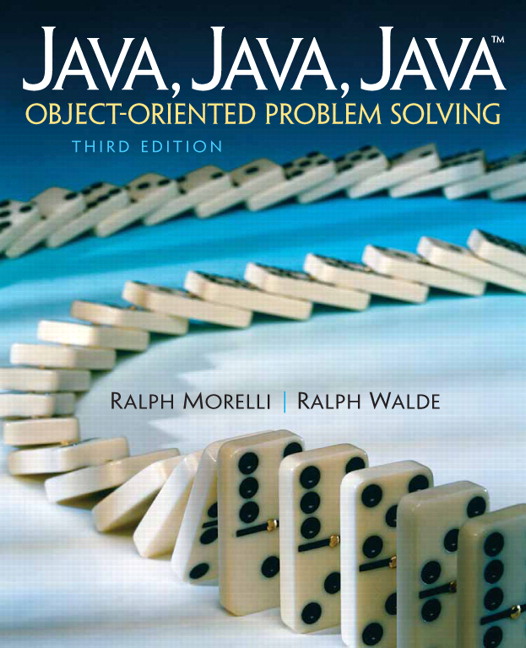Section 2.6 Special Topic: Alan Kay and the Smalltalk Language
Although Simula was the first programming language to use the concept of an object, the first pure object-oriented language was Smalltalk. Smalltalk was first started by Alan Kay in the late 1960s. Kay is an innovative thinker who has had a hand in the development of several advances, including windowing interfaces, laser printing, and the client/server model, all of which are now commonplace today.
One of the abiding themes throughout Kay’s career has been the idea that computers should be easy enough for kids to use. In the late 1960s, while still in graduate school, Kay designed a computer model that consisted of a notebook-sized portable computer with a keyboard, screen, mouse, and high-quality graphics interface. He had become convinced that graphics and icons were a far better way to communicate with a computer than the command-line interfaces that were prevalent at the time.
In the early 1970s Kay went to work at the Xerox Palo Alto Research Center (PARC), where he developed a prototype of his system known as the Dynabook. Smalltalk was the computer language Kay developed for this project. Smalltalk was designed along a biological model, in which individual entities or “objects” communicate with each other by passing messages back and forth. Another goal of Smalltalk was to enable children to invent their own concepts and build programs with them—hence, the name Smalltalk.
Xerox’s management was unable to see the potential in Kay’s innovations. However, during a visit to Xerox in 1979, Steve Jobs, the founder of Apple Computer, was so impressed by Kay’s work that he made it the inspiration of the Macintosh computer, which was first released in 1984.
Kay left Xerox in 1983 and became an Apple Fellow in 1984. In addition to working for Apple, Kay spent considerable time teaching kids how to use computers at his Open School in West Hollywood. In 1996 Kay became a Fellow (an “Imagineer” ) at the Walt Disney Imagineering’s Research and Development Organization, where he continues to explore innovative ways to enhance the educational and entertainment value of computers.
You have attempted of activities on this page.

